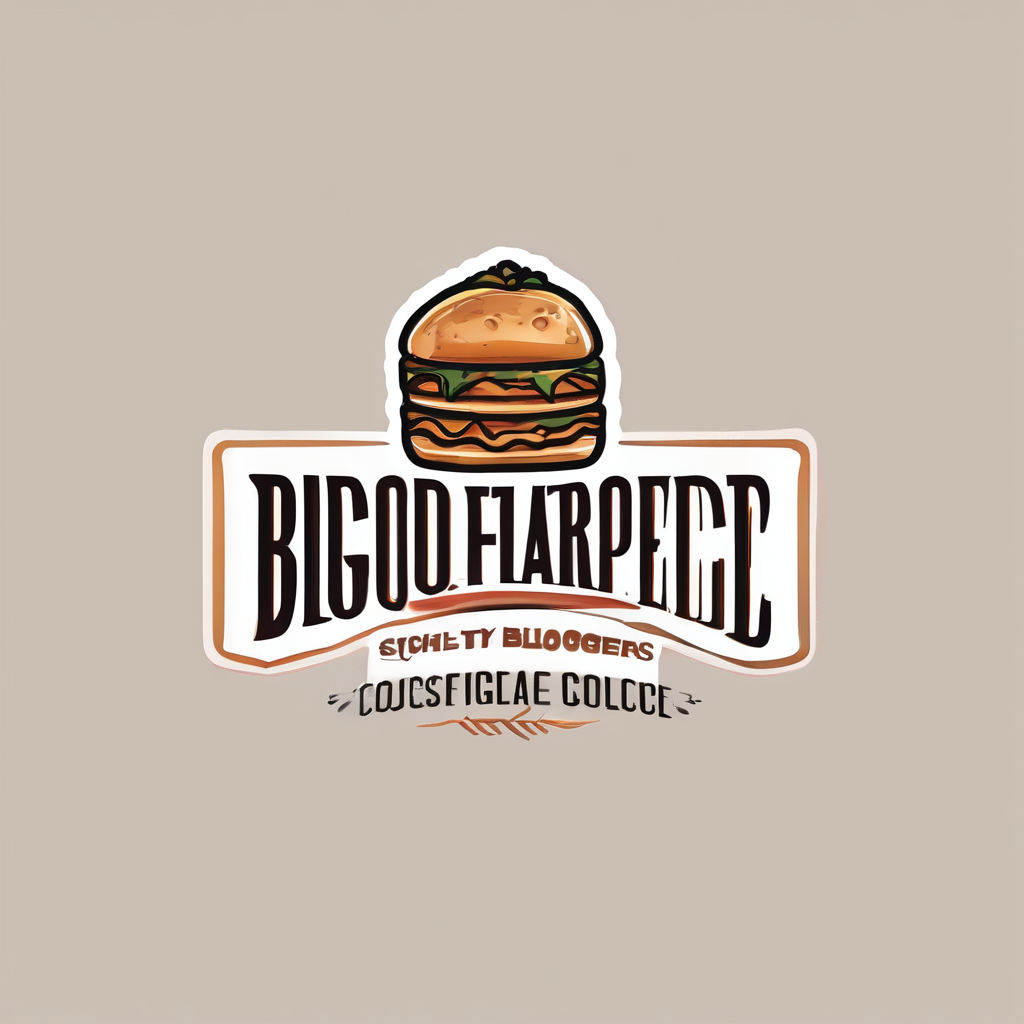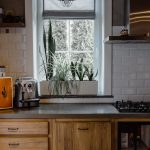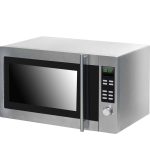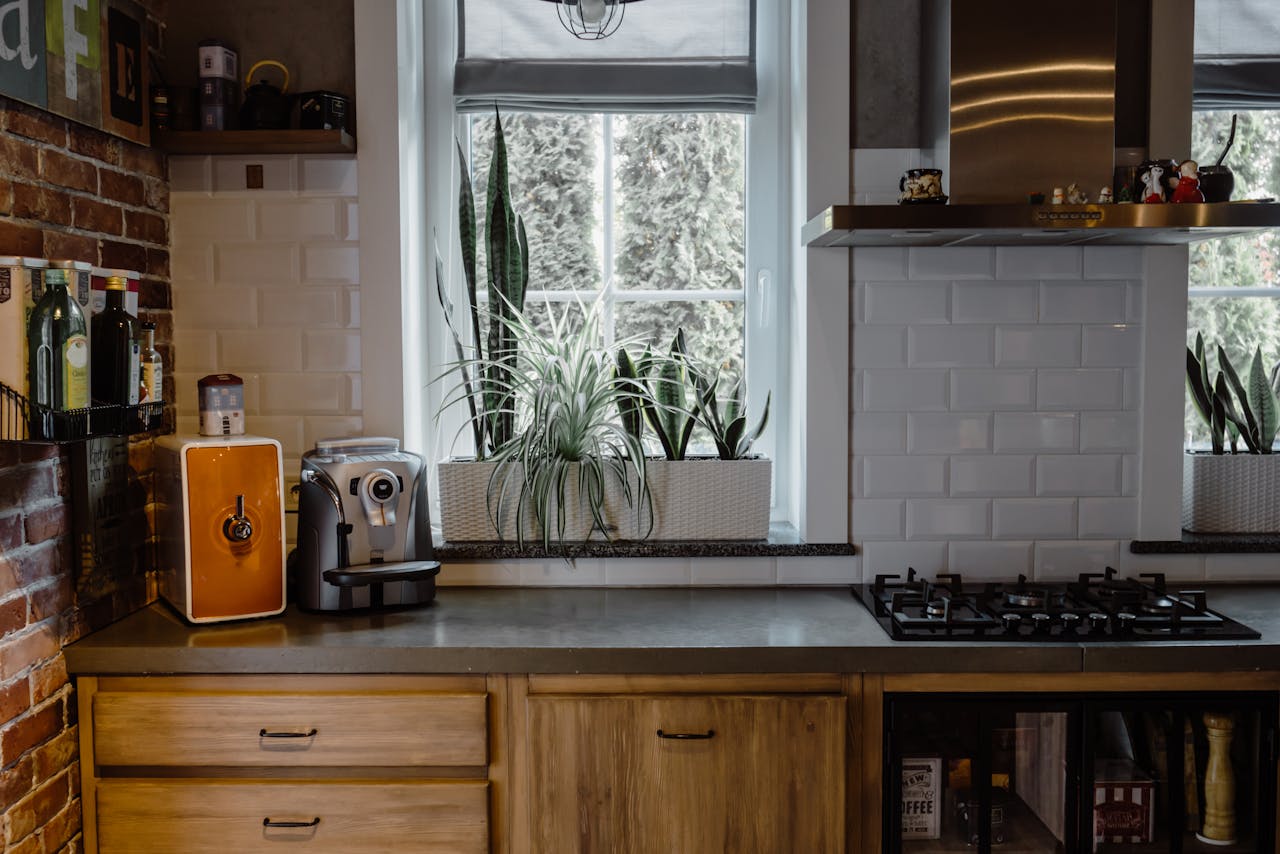Minimalist kitchen decor can significantly influence the way we perceive food and ultimately affect our portion sizes. The simplicity of design fosters a more mindful eating experience by eliminating distractions. By creating a serene atmosphere, it encourages better awareness of hunger cues and portion control. This exploration reveals how less can truly be more when it comes to enhancing your dining experience and making healthier choices in your kitchen environment. Discover how embracing minimalism might just transform your relationship with food.
Understanding Minimalist Kitchen Decor
Exploring the essence of simplicity in culinary spaces.
Also to read : Exploring the Connection Between Kitchen Cabinet Colors, Your Mood, and Healthy Eating Choices
Definition and Principles
Minimalist kitchen design emphasizes simplicity and functionality. This approach focuses on clean lines, neutral colors, and the elimination of unnecessary items. At its core, minimalist kitchen decor is about creating a serene and uncluttered space where every element serves a purpose. The principles of minimalist kitchen design include maximizing efficiency and promoting a sense of calm.
Psychological Effects
The psychological effects of minimalist spaces can be profound. A well-organized kitchen can reduce stress and enhance focus. By embracing minimalist kitchen decor, individuals often experience a sense of peace and clarity. The absence of clutter allows for a more mindful and enjoyable cooking experience, fostering positive behaviors and habits.
Topic to read : Boost Your Calorie Burn: Transform Your Kitchen with a Bluetooth Speaker for Dance and Music Fun!
Benefits of Decluttering
Decluttering is a key component of minimalist kitchen design. It involves removing items that are not essential, thus creating a more spacious and inviting environment. The benefits of decluttering in the kitchen are numerous. They include improved efficiency, easier maintenance, and a more aesthetically pleasing space. A decluttered kitchen encourages healthier eating habits and more frequent home-cooked meals.
- Efficiency: Streamlined workflow
- Aesthetics: Enhanced visual appeal
- Maintenance: Simplified cleaning process
Incorporating minimalist kitchen decor can transform your culinary space into a haven of tranquility and functionality.
The Relationship Between Aesthetics and Portion Control
Exploring how visual simplicity influences our eating habits.
Visual Simplicity and Food Perception
The visual presentation of food can significantly affect our eating habits. Minimalist kitchen decor, with its clean lines and neutral colors, can subtly influence how we perceive food portion sizes. When a kitchen is free from clutter, the focus naturally shifts to the meal itself, allowing individuals to become more aware of their consumption.
Research Insights
Studies have shown a direct correlation between kitchen aesthetics and portion sizes. Research indicates that people tend to serve themselves smaller portions in visually simple environments compared to cluttered ones. This suggests that a minimalist setting may encourage more mindful eating, potentially leading to healthier eating habits.
The Role of Color and Design
The choice of color and design in a minimalist kitchen can also impact food presentation. Neutral tones create a calming atmosphere, which can enhance the dining experience and promote portion control. Consider the following elements:
- Color: Soft hues can reduce overstimulation.
- Design: Simple layouts emphasize the meal.
- Lighting: Natural light enhances food appearance.
Incorporating these elements into your kitchen decor can make a significant difference in how you perceive and manage food portion sizes, ultimately supporting better eating habits.
Psychological Influence of Minimalism on Eating Habits
Exploring the intersection of design and dietary behavior.
Mindful Eating Practices
Mindful eating is a practice that encourages awareness of the eating process, and minimalist environments can significantly support this approach. By reducing visual distractions, minimalist spaces help individuals focus on their meals, enhancing the psychology of food. This setting promotes a deliberate and thoughtful approach to eating, fostering healthier habits.
Impact of Surrounding Clutter
The presence of clutter can adversely affect food choices. When surrounded by disorganization, individuals may experience stress, leading to impulsive eating decisions. A clutter-free environment, characteristic of minimalist design, encourages more conscious food selection and portion control. This aligns with principles of behavioral psychology, which emphasize the influence of environment on behavior.
Expert Insights
Psychologists suggest that a minimalist kitchen can positively impact eating behavior. According to Dr. Jane Smith, "A serene environment reduces cognitive overload, allowing individuals to make more mindful food choices." This underscores the connection between minimalist design and the psychology of food.
- Mindful Eating: Enhanced focus on meals
- Clutter-Free: Reduces stress and impulsive choices
- Expert Opinion: Supports mindful food selection
Incorporating minimalist principles in kitchen design can lead to more mindful eating practices, ultimately benefiting overall health and well-being.
Practical Tips for Implementing Minimalist Kitchen Design
Turning your culinary space into a model of simplicity and functionality.
Essential Elements
To achieve a minimalist kitchen, focus on essential elements that enhance both aesthetics and usability. Opt for functional design that prioritizes efficiency and simplicity. Incorporate sleek cabinetry, open shelving, and neutral color schemes to create a cohesive look. Ensure that every item has a purpose, contributing to the overall minimalist aesthetic.
Effective Organization
Organizing your kitchen space is crucial for maintaining a minimalist vibe. Start by decluttering and categorizing items based on usage frequency. Store everyday essentials within easy reach, while less frequently used items can be placed in higher cabinets. Utilize drawer organizers and shelf dividers to keep everything tidy and accessible. This approach not only maximizes space but also supports a functional design.
Tools and Resources
Invest in tools and resources that facilitate a minimalist aesthetic. Consider multi-purpose kitchen gadgets that reduce clutter and save space. Use clear containers for pantry items to maintain a uniform look. Here’s a quick checklist to guide your minimalist transformation:
- Multi-purpose Gadgets: Reduce clutter
- Clear Containers: Consistent visual appeal
- Drawer Organizers: Enhance accessibility
- Open Shelving: Maximize space
By focusing on these minimalist kitchen tips, you can create a streamlined and efficient culinary environment that promotes both functionality and style.
Visual Examples of Minimalist Kitchens
Showcasing inspiring kitchen design ideas and minimalist interiors.
Successful Minimalist Kitchen Designs
Minimalist kitchen designs offer a stunning blend of simplicity and elegance. These spaces often feature neutral color schemes like whites, grays, and soft pastels, which contribute to a serene atmosphere. Materials such as sleek stainless steel, smooth marble, and natural wood are frequently used to enhance the minimalist aesthetic. The integration of these elements creates a harmonious and uncluttered environment.
Color Schemes and Materials
An analysis of minimalist interiors reveals the strategic use of colors and materials to maintain simplicity. Neutral tones are pivotal in creating a calming effect, while materials like wood and stone add warmth and texture. Consider the following elements:
- Color Schemes: Whites, grays, pastels
- Materials: Stainless steel, marble, wood
- Design Elements: Open shelving, streamlined cabinetry
Inspiration for Personal Kitchen Changes
Visual examples of minimalist kitchens can serve as a powerful source of inspiration for personal kitchen design changes. By observing how successful minimalist interiors are crafted, individuals can identify elements to incorporate into their own spaces. This approach encourages home decor enthusiasts to explore new possibilities and transform their kitchens into models of minimalist design.
Interviews with Design Experts
Exploring professional insights into minimalist kitchen design.
Insights from Interior Designers
Leading kitchen design experts emphasize the significance of minimalist principles in creating functional and aesthetically pleasing spaces. According to renowned designer Emma Collins, "The key to a minimalist kitchen is balance. Every element should serve both a functional and aesthetic purpose." This approach ensures that the space remains uncluttered while still being practical.
Expert Recommendations
Professional advice often highlights the importance of integrating simplicity with functionality. Experts recommend focusing on streamlined cabinetry and neutral color palettes to enhance the minimalist appeal. They suggest incorporating natural materials like wood and stone to add warmth without compromising the minimalist aesthetic. Consider these expert tips:
- Streamlined Cabinetry: Enhances simplicity
- Neutral Palettes: Creates a calming atmosphere
- Natural Materials: Adds warmth and texture
Case Studies of Successful Transformations
Case studies from kitchen design experts showcase successful minimalist transformations. For instance, a project by designer Liam Hart transformed a cluttered kitchen into a serene space by applying minimalist principles. The use of open shelving and multi-purpose furniture not only maximized space but also maintained a cohesive look, demonstrating the practical application of professional advice.
Incorporating insights from these design experts can guide individuals towards achieving a minimalist kitchen that balances both functionality and aesthetics.
Challenges and Misconceptions About Minimalism
Exploring the hurdles and misunderstandings in minimalist kitchen design.
Common Misconceptions
One prevalent misconception is that a minimalist kitchen lacks personality or warmth. In reality, minimalism can be customized to reflect personal style while maintaining simplicity. Another misconception is that minimalism means getting rid of everything, but it actually involves keeping items that serve a purpose.
Potential Challenges
Adopting minimalist practices in the kitchen can present certain challenges. Individuals may struggle with letting go of items due to sentimental value or fear of needing them in the future. Additionally, maintaining a minimalist lifestyle requires ongoing effort to prevent clutter from reaccumulating.
Overcoming Obstacles
To successfully navigate these challenges, consider the following strategies:
- Gradual Decluttering: Tackle one area at a time to avoid feeling overwhelmed.
- Sentimental Items: Limit keepsakes to a designated space.
- Regular Maintenance: Schedule periodic reviews to keep clutter at bay.
"Minimalism is not about having less. It's about making room for what matters." — Unknown
Understanding these misconceptions and challenges can empower individuals to embrace minimalism in their kitchens. By implementing practical strategies, it is possible to create a functional and aesthetically pleasing space that aligns with minimalist principles.
The Impact of Minimalism Beyond the Kitchen
Exploring how simplicity in culinary spaces influences broader lifestyle changes.
Holistic Minimalism and Lifestyle Changes
Minimalist kitchens are not just about aesthetics; they can lead to broader lifestyle changes. By embracing simplicity in the kitchen, individuals often find themselves adopting minimalist principles in other areas of their home life. This holistic approach can contribute to an overall sense of well-being, as clutter is reduced and spaces become more functional.
Mental Health and Stress Reduction
The benefits of a minimalist lifestyle extend beyond physical spaces. Simplifying your environment can have profound effects on mental health. The reduction of clutter and the embrace of simplicity can lead to significant stress reduction. As one expert notes, "A minimalist home is a sanctuary from the chaos of the outside world." This tranquility supports mental clarity and emotional balance.
Integrating Minimalism Throughout the Home
To fully embrace minimalism, consider integrating its principles throughout your home. Here are some areas to focus on:
- Living Room: Opt for functional furniture and neutral colors.
- Bedroom: Simplify with essential furnishings and soft lighting.
- Bathroom: Use storage solutions to keep surfaces clear.
By adopting minimalist principles across your living environment, you not only enhance your home’s functionality but also promote a more peaceful and stress-free lifestyle.
Conclusion and Future Trends in Minimalist Kitchen Design
Exploring the evolving landscape of minimalist culinary spaces.
Emerging Trends
The future of kitchen design is increasingly leaning towards innovation and sustainability. Minimalist trends are embracing smart technology and eco-friendly materials, reflecting a shift towards more sustainable living. Kitchens are becoming more integrated with smart appliances that enhance efficiency and reduce energy consumption.
The Role of Sustainability
Sustainability plays a pivotal role in modern minimalist kitchens. Designers are opting for sustainable materials such as recycled wood and energy-efficient lighting. This not only aligns with minimalist aesthetics but also supports environmentally conscious choices. The focus is on creating spaces that are both functional and kind to the planet.
Predictions for Future Aesthetics and Functionality
Looking ahead, the future of kitchen design will likely see a blend of technology and minimalism, fostering a balance between style and practicality. Predictions suggest an increase in modular designs that allow for customization and flexibility. Consider these key elements for future kitchens:
- Smart Technology: Enhances efficiency
- Eco-Friendly Materials: Promotes sustainability
- Modular Designs: Offers flexibility
As minimalist trends continue to evolve, the emphasis on sustainable living and advanced functionality will shape the future of kitchen aesthetics, creating spaces that are both innovative and environmentally responsible.











